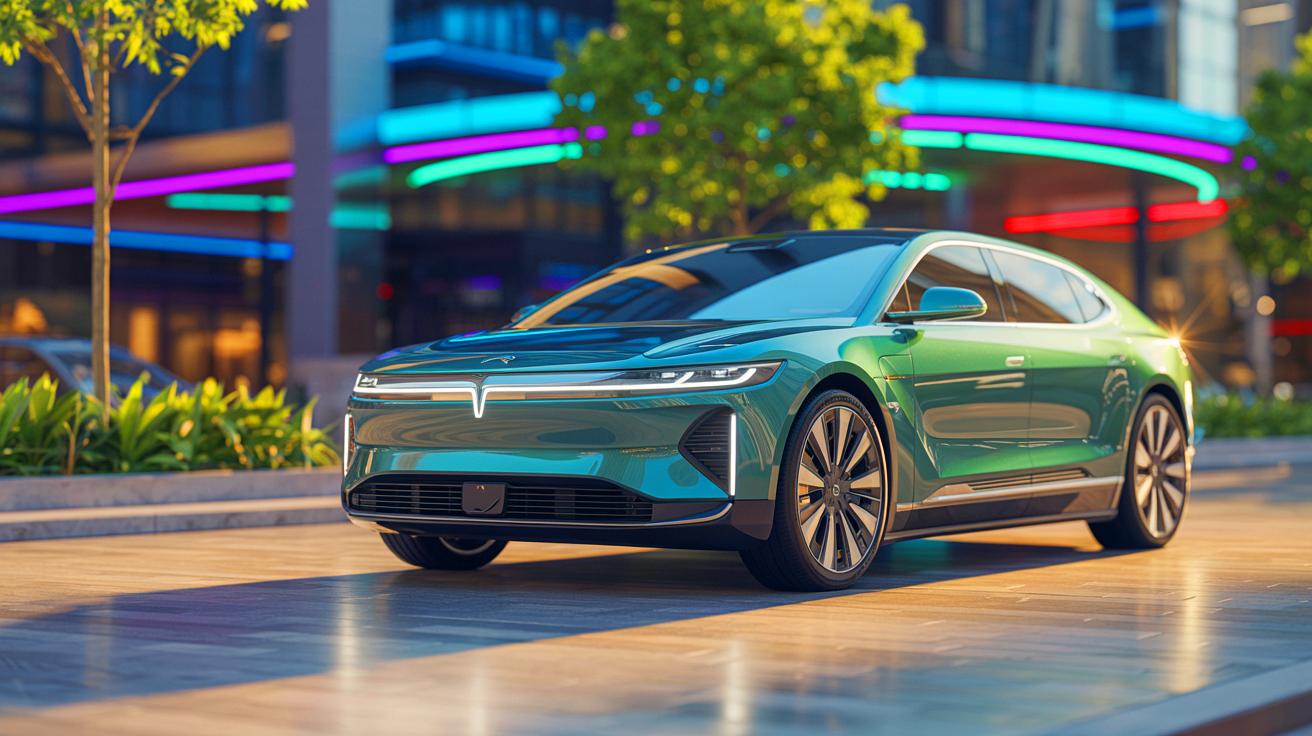| IN A NUTSHELL |
|
The world of electric vehicles (EVs) is rapidly evolving, yet not all sectors are experiencing the same success. While smaller, affordable EVs are thriving, high-end electric cars from established luxury brands are struggling to gain traction. Despite their advanced features and prestigious badges, these premium models face significant challenges in today’s dynamic automotive landscape. With production setbacks, dwindling sales, and shifting consumer preferences, the luxury EV segment finds itself at a crossroads. What are the underlying factors behind this trend, and how might these brands adapt to the changing tides?
The Struggles of Luxury Electric Vehicles
Recent developments in the automotive industry highlight the difficulties faced by luxury electric vehicles. Brands like Mercedes, Ferrari, and Porsche are encountering significant challenges in their EV endeavors. The highly anticipated Mercedes G-Class SUV, for instance, has seen dismal sales. Similarly, Ferrari has delayed the release of its second electric model due to weak demand. Porsche, known for its performance-oriented vehicles, has experienced soft sales of its electric Macan SUV and Taycan models. These setbacks underscore a broader trend: the struggle of high-end electric cars to capture consumer interest.
Several factors contribute to this phenomenon. First, the high price tags of luxury EVs, often exceeding $100,000, deter many potential buyers. The depreciation of these vehicles is another concern, with some models losing value at an alarming rate. Moreover, the technical demands of large premium EVs, such as their need for sizable batteries, further inflate costs. As a result, consumers increasingly opt for traditional internal combustion engine (ICE) vehicles or smaller, more affordable EVs. This shift in consumer preference highlights a critical challenge for luxury automakers: the need to balance innovation and affordability.
Changing Consumer Preferences and Market Dynamics
In the broader context, the global EV market is experiencing remarkable growth. According to the International Energy Agency (IEA), electric car sales worldwide continue to set new records, with projections indicating that more than 20 million EVs will be sold by 2025. This surge is largely driven by the increasing affordability of smaller EVs, particularly in emerging markets across Asia and Latin America. In stark contrast, luxury EVs face a declining interest, as consumers prioritize value and practicality over prestige.
The success of smaller EVs is exemplified by China’s dominance in the market, where nearly half of all car sales last year were electric. Chinese automakers have effectively captured market share by offering EVs priced under $25,000, making them accessible to a broader audience. This approach contrasts with the traditional flagship-first strategy of Western automakers, who often prioritize high-end models at the expense of entry-level options. As a result, legacy brands from Europe and the US find themselves at a disadvantage, struggling to compete with the accessible offerings of Chinese manufacturers.
The Impact of Global Economic and Policy Factors
Global economic and policy factors further complicate the landscape for luxury electric vehicles. The discontinuation of Audi’s Q8 E-tron, following the closure of its Belgian factory, highlights the impact of a “global decline in customer orders” in the electric luxury segment. Additionally, geopolitical elements, such as potential tariffs on imported cars from Europe, pose challenges for brands like Mercedes, which rely on the US market to offset poor European sales.
The removal of EV subsidies in the European Union has also dampened luxury EV sales. The European market share for EVs has decreased, despite the overall growth of the global EV market. These economic and policy shifts underscore the importance of adaptability for luxury automakers. To remain competitive, they must navigate a complex web of market dynamics, regulatory changes, and consumer expectations. This requires innovative strategies that balance luxury with affordability, ensuring that premium EVs can thrive in a rapidly changing environment.
The Future of Electric Luxury: Adapting to a New Era
As the luxury electric vehicle sector grapples with these challenges, the path forward requires a reevaluation of traditional strategies. Automakers must embrace a more inclusive approach, focusing on producing EVs that cater to a wider audience. This includes leveraging the advancements in EV technology to create models that offer both luxury and practicality. By doing so, brands can tap into the growing demand for affordable, high-quality electric vehicles.
In this evolving landscape, the legacy automakers must learn from the success of their Chinese counterparts. By prioritizing affordability, simplicity, and mass production, they can foster greater adoption of EVs and expand their market reach. This shift not only benefits consumers but also accelerates the development of vital charging infrastructure, much like the proliferation of gas stations during the rise of the Model T. As the auto industry continues to transform, how will these luxury brands redefine their roles in the electric age to meet the demands of a new generation of consumers?
Our author used artificial intelligence to enhance this article.
Did you like it? 4.5/5 (20)


